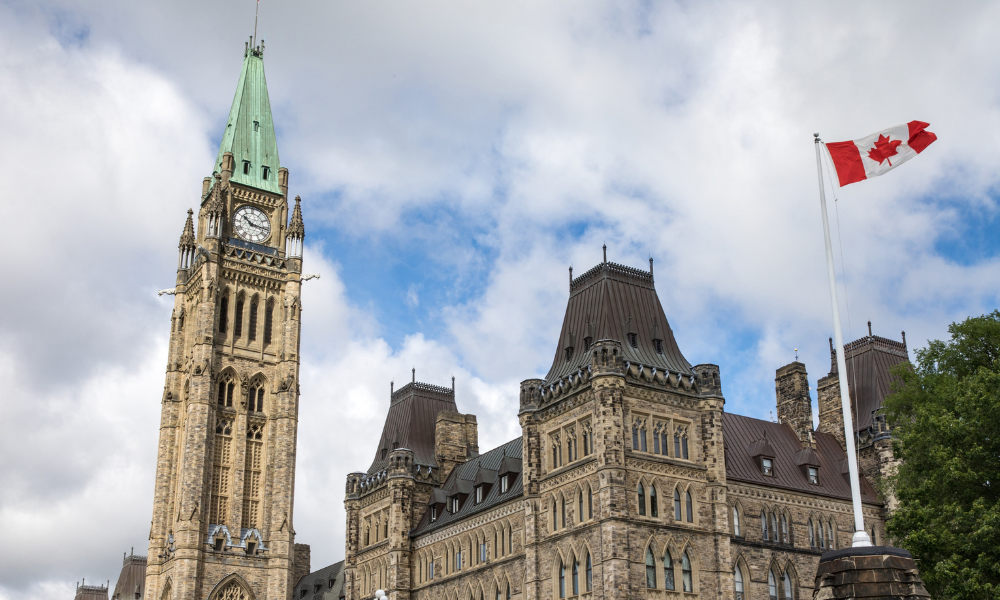From legislative amendments to appellate decisions, the past year has seen various legal developments reshape Canada’s restructuring and insolvency landscape. Below, experts in the field identify some of the most significant legal changes, their impact thus far, and what to expect soon.
Prioritizing environmental obligations
In April, the Alberta Court of Appeal released its highly anticipated decision in Qualex-Landmark Towers v. 12-10 Capital Corp., bringing a measure of clarity to a question that insolvency experts have been asking for years: what’s the exact scope of the rule that debtors may have to prioritize their environmental obligations over repaying secured creditors in insolvency proceedings?
That rule was first established by the Supreme Court of Canada in 2019 when the high court issued its landmark decision in Orphan Well Association v. Grant Thornton Ltd. (frequently referred to as the “Redwater” case).
Under Alberta law, oil and gas companies must clean up and safely close wells, pipelines, and other facilities after they no longer use an oil and gas well site. In Orphan Well, the SCC determined that Alberta’s energy regulator could require the bankruptcy receiver and trustee for Redwater, an oil and gas company, to meet its clean-up obligations through funds from the company’s estate. The ruling effectively gave the energy regulator’s clean-up order super-priority status over Redwater’s other creditors.
The Orphan Well decision left insolvency experts unsure about its scope. When the Alberta Court of King’s Bench issued its decision in Qualex last year, lenders grew “very nervous,” says Robyn Gurofsky, a restructuring and insolvency partner at Fasken Martineau DuMoulin LLP. The Alberta court ordered 12-10 Capital, a company not yet in formal insolvency proceedings, to comply with an Alberta environmental agency’s order to remediate a site it contaminated. Qualex-Landmark Towers owned that site.
The court ruled that complying with the environmental agency’s order took priority over Capital’s obligation to pay its outstanding mortgages – a move that essentially extended the application of Orphan Well to “a non-insolvency context between two private parties,” Gurofsky says. She says this “broadened the scope of Redwater significantly.”
The Alberta Court of Appeal overturned the lower court order, confirming that the super-priority principle does not extend to private litigants like Qualex.
“What the Court of Appeal did by overturning the decision is they set the parameters for this super priority, but left it open to parliament or the legislature to weigh in on how that priority should be applied,” Gurofsky says.
“That was one decision that the insolvency industry – really across the country – had been watching because of the potential ramifications if the lower court decision was upheld,” she adds.
Pension Protection Act
Bill C-228, or the Pension Protection Act, was passed in 2023 to protect pensioners during large corporate insolvencies by ensuring they won’t see a reduction in certain pension payments.
The law does not go into effect until April 27, 2027, but it has already had an impact.
Under federal law, defined benefit pension plans – which involve employers paying employees a regular income after they retire – are allowed to operate even when they’re in a deficit position and their assets cannot meet their obligations to pay benefits to members. The PPA amended the Bankruptcy and Insolvency Act (BIA) and the Companies’ Creditors Arrangement Act (CCAA) so that employers in insolvency must prioritize these defined benefit pension plan deficits over other debts.
Natasha MacParland, a partner in the corporate and financial restructuring and insolvency practices at Davies Ward Phillips & Vineberg LLP, has seen many lenders grow more reluctant to lend funds to employers with defined benefit pension plans.
Because of how the value of pension plans is calculated, “to precisely quantify the dollar value of the risk” is hard, MacParland says. “That is a significant challenge for lenders to employers with defined benefit pension plans.”
MacParland has seen US lenders become “quite nervous” about lending to defined benefits employers due to the pension liability introduced by the PPA.
The number of workers covered by defined benefit pension plans has declined in recent decades. A 2020 report by the National Association of Federal Retirees found that the number of public-sector employees with these types of plans had dropped by about four percent over the previous 20 years, while the number of private-sector plans had fallen from 21.9 percent in 1997 to 9.2 percent in 2017. Nowadays, these types of pension plans are typically confined to specific industries, including the public sector, airlines, and manufacturing.
The irony of the PPA is that it was designed to protect individuals with defined benefit pension plans, but MacParland says, “Part of the impact may just be fewer defined benefit plans.”
Read more: What are the rules for a defined benefit pension plan?
Alberta pushes oil and gas industry to pay taxes
Last year, the oil and gas industry was hit hard when the Alberta government directed the province’s energy regulator to reject companies’ applications for new well licences or licence transfers unless they paid taxes they owed to municipalities.
The development has not been “talked about very much,” Gurofsky says. “But over the last year, it’s had a significant impact on the ability to deal with distressed oil and gas assets.”
Under ministerial order 043/2023, successful applicants for new well licences or licence transfers could not owe more than $20,000 in municipal taxes.
Because most oil and gas companies in the province owe municipal taxes worth “well over” that amount, Gurofsky says, over the last year, “it effectively stopped the sale of oil and gas assets in receivership, in CCAAs.”
“There have been … a couple of proceedings and insolvent companies sort of sitting and waiting to see what would happen,” she says.
The order intended to provide financial protection to municipalities, but “by preventing sales from happening … these municipalities would have no taxpayer going forward for these properties,” Gurofsky says. “So, it ended up hurting them.”
In September, the order was updated so that the rule no longer applies to licence transfer applications when the transferee does not owe more than $20,000 in taxes and the transaction also meets one of several criteria. One of the criteria is that the well licence or well in question belongs to “a debtor subject to a proceeding in which a receiver, receiver-manager, trustee, liquidator, or monitor has been appointed.”
Gurofsky says the move appeared to acknowledge that stopping sales from proceeding in the context of receivership was hurting municipalities more than it was helping them. She adds, “I think we'll now see a ramp-up of sales of these types of assets going forward.”





